How to Avoid Spam Filters When Sending Emails: 9 Best Practices
When you send an email campaign, your primary goal is to catch your recipients’ attention and drive them to take action.
But is unfortunate that, is not easy to Avoid Spam Filters When Sending Emails.
If you’re sending your campaign to an extensive database, many recipients have likely signed up for these emails through a website or service.
Suppose you don’t have a personal connection with the recipients. In that case, they might mark your message as spam because they don’t expect another email from you.
The solution? Follow best practices when sending emails so that your recipients are more likely to read and respond to your message.
9 Tips to Avoid Spam Filters When Sending Emails
When sending emails, you probably want to hit the inbox and not spam folders, and this issue get serious daily as email servers are upgrading their security system to easily detect spammy emails.
This shouldn’t be a barrier for you since there are 9 simple best practices to put in place when sending emails to make sure you hit the inbox.
1. Use Personalized Subject Lines
The best way to get readers’ attention is to make them want to open your email. And the best way to get them to open your email is by having a clear and relevant subject line.
Since most people will see the subject line before they open the email, you must make it relevant to your reader.
To have a personalized subject line, you need to know the interests and goals of your recipients.
You can do this by asking them for their interests when they sign up for your emails, using surveys, or doing some research on your audience.
This could also help you avoid spam filters in the sense that, there are some subject lines that hundreds of marketers have used in the past and are known to these email servers and most of them are already marked as spam so when you also use one of those catchy and flashy subject lines, your emails are likely to end up in the spam folder as well.
2. Don’t Use Words That Trigger Spam Filters
Spam filters are designed to be too cautious. They often mistake real emails for spam and delete them without notice, and most times, this is due to the kind of words being used in those emails.
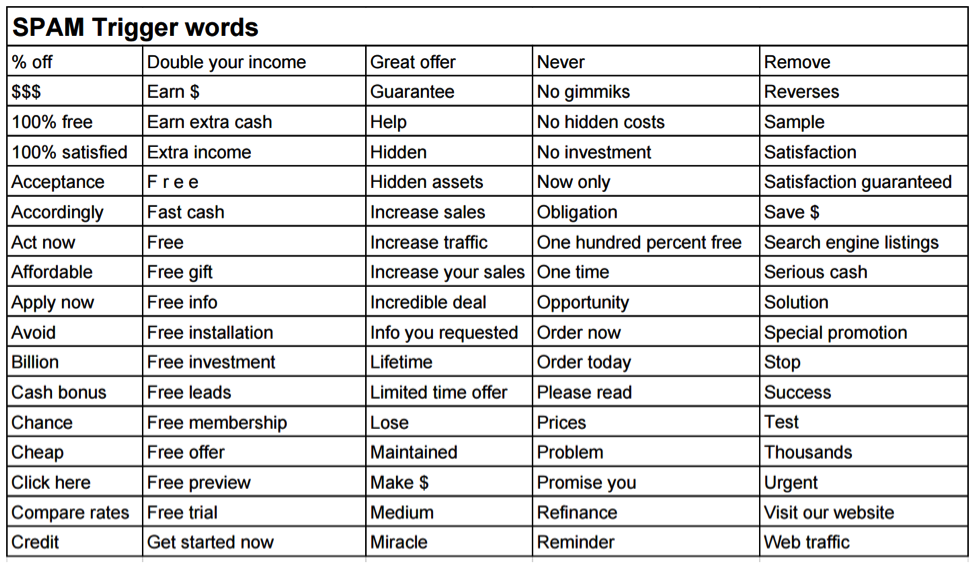
That’s why avoiding words commonly associated with spam emails is essential. If you’re sending an email to an address that’s not a regular customer, you want to make sure you avoid spam filters. Be aware that spam filters are more likely to flag an email if it comes from an address that’s new to the recipient.
Suppose you’re sending an email campaign to a large group of customers. In that case, it’s best to use the same email address that the recipients are already used to receiving emails from. And if you are sending an email to a new address, you can avoid triggering spam filters by keeping your emails short and simple.
3. Don’t Be Too Prominent Or Shouty
Suppose you’re too prominent or shouty in your email. In that case, your readers will be offended by your overly aggressive message.
But your emails will be ignored and deleted if you don’t assert yourself in your notice. To avoid being too prominent or shouty,
think of your emails as conversations with your readers. You want to catch their attention, be assertive and keep them interested in what you’re saying.
Still, you don’t want to appear too aggressive or annoying.
When writing your emails, don’t use ALL CAPS and avoid bolding or italicizing words unnecessarily, as these are commonly used for shouting.
4. Only Send Emails At The Recipient’s Request
One of the most significant issues with sending unsolicited emails is that recipients may mark your email as spam because they weren’t expecting to receive it.
Suppose you’re sending an email to someone who hasn’t signed up for your email list. In that case, there is a high chance for that person to mark your email as spam.
So, you should be very careful and make sure to ask permission before sending them an email. To avoid being marked as spam.
You can ask this at the end of your emails or include a permission request in a welcome email when someone subscribes to your mailing list.
5. Don’t be too Promotional
This is another key factor that mostly pushes people to use spam-triggering words that will end their emails in spam folders.
If you carefully examined most of the emails that are sent into your spam folders, most of them are often emails promoting an offer, the majority of them contain words like, 20% off, Grab this, Cheapest price, Promise and more spam-triggering words.
This doesn’t mean you should not send promotional emails or use such words to force people to open your email broadcast but do well to use them in a natural form.
6. Send From a Recognizable Domain
The best way to avoid your emails being marked as spam is to ensure they come from a recognizable domain. Suppose you send your emails from an address like [email protected].
In that case, your emails are more likely to be marked as spam because the address isn’t associated with an actual website. To ensure your emails get delivered, your best option is to use an email marketing service.
A reputable email marketing service will allow you to send emails from an address your recipients are familiar with, such as your company website.
Want to know more about Email Marketing? Start with Our Email Marketing Free Course
7. Always Include an Unsubscribe Link in Your Emails
As an email marketer it is required to enforce anti-spam laws, including the U.S. CAN-SPAM Act. This means you must include an unsubscribe link in your email campaigns.
Email Campaigns that don’t contain unsubscribe buttons are often considered spam meaning the sender is forcing the user to keep receiving his/her emails. This is the main reason why email marketing software like GetResponse and ActiveCampaign, are forced to add unsubscribe buttons in their email broadcast.
In addition to including an unsubscribe link in your emails, you should also make sure that your emails have the following information:
- Your name (or the name of your company).
- The name of the campaign or offer.
- An easy way to report the email as spam.
- An explicit statement that you will not sell your readers’ information.
- The word “unsubscribe.”
- The word “remove.”
- The term “stop.”
8. Keep The Message Short and Provide a Clear CTA (Call To Action)
Much like you want to avoid being too promotional, you also don’t want to send your readers a message that’s too long. The shorter your emails are, the more likely your readers will read them.
But even if your readers read your email, nothing will happen if you don’t ask them to take action. To be successful with your email marketing campaigns, you need to get to the point quickly.
Your emails should have a clear call to action and be easy for your readers to understand.
9. Use a Reputable Email Marketing Service
If you’re using a reputable service to send your emails, you’re less likely to have your emails marked as spam. However, a free service like Gmail or any free email marketing software makes you more likely to have your emails blocked.
This is because free services often send emails from an unsecured server, which can trigger spam filters. A reputable service like GetResponse will send your emails from a secure server and give you more control over the IP address you use to send emails.
You’re less likely to trigger spam filters with your emails in this way because these email marketing services make sure to abide by the anti-spam law.
Summary on How to Avoid Spam Filters When Sending Emails
When it comes to email marketing, your goal is to make sure your emails arrive in the receiver’s inbox and the only to achieve this is by following the 9 best practices when sending emails.
You can do this by using personalized subject lines, avoiding words that trigger spam filters, not being too prominent or shouty and only sending emails at the recipient’s request, and not being too promotional.
You should also send from a recognizable domain, always include an unsubscribe link, and use a reputable service to send your emails. With these tips in mind, you can be sure that your emails reach the people who want to read them and drive them to take action.
Check out our take on some of the best Email Marketing Software
This post contains affiliate links.

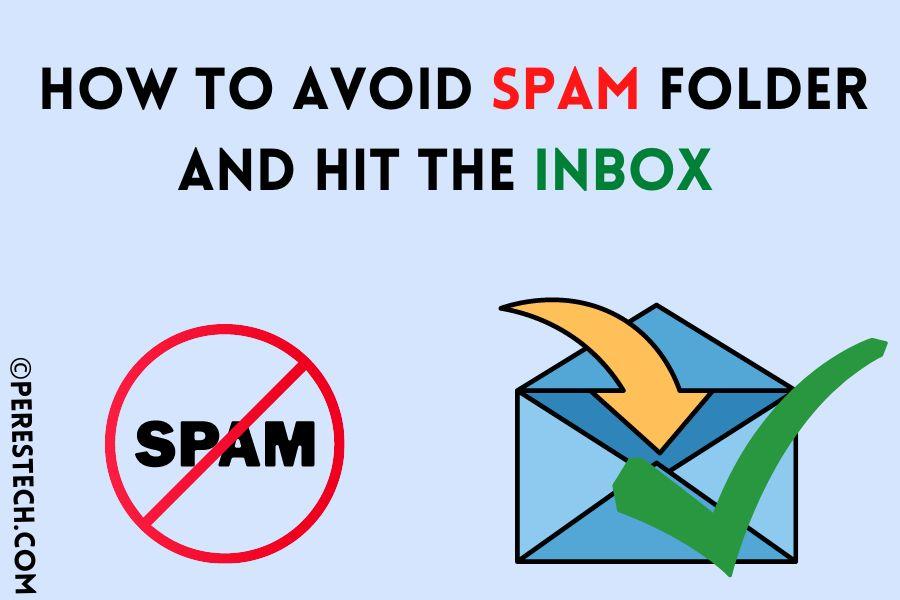

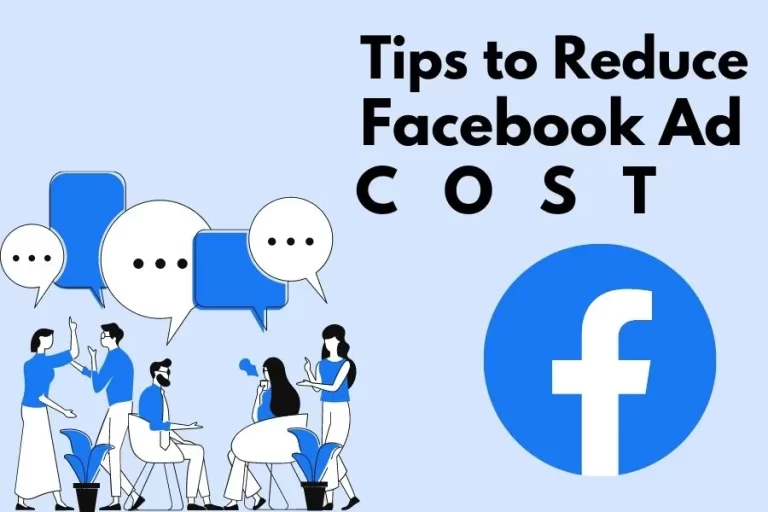
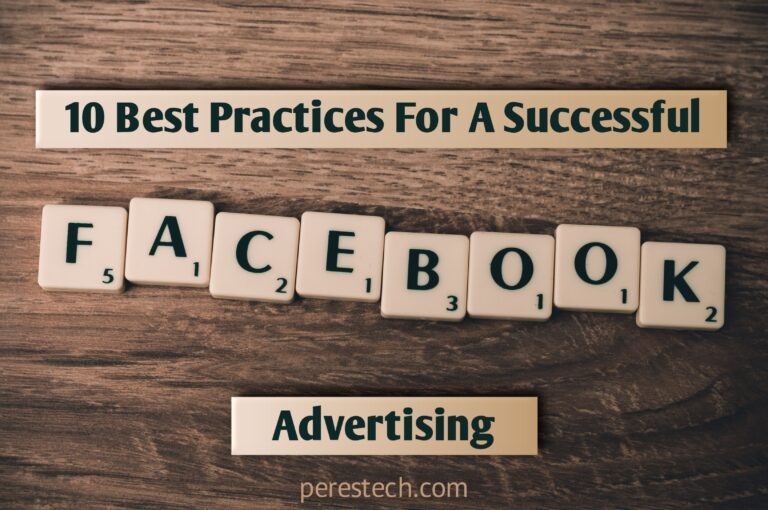
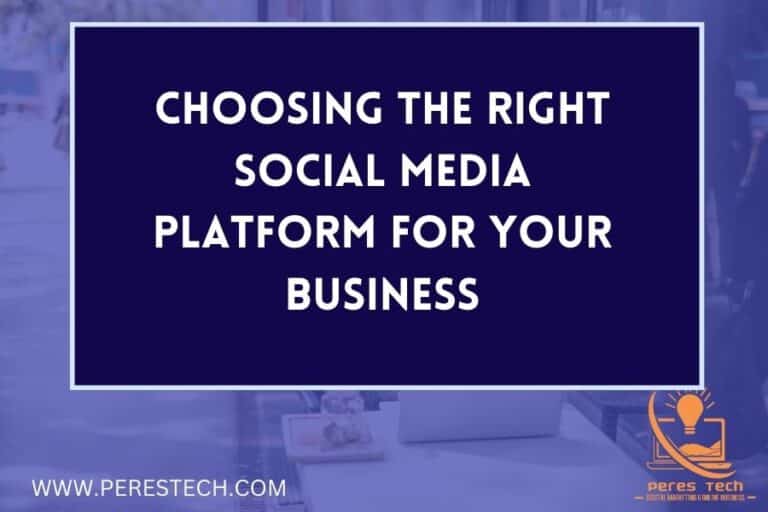


Do you mind if I quote a few of your articles as long as I provide credit and sources back to your weblog?
My website is in the exact same niche as yours and my users would truly benefit from a lot of
the information you present here. Please let me know
if this ok with you. Many thanks!
Sure you can freely do that